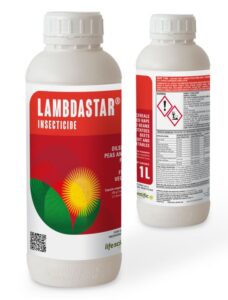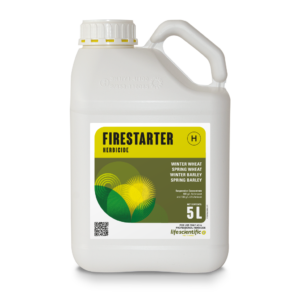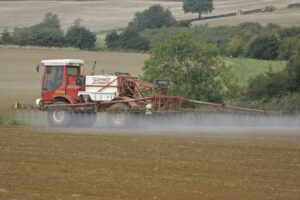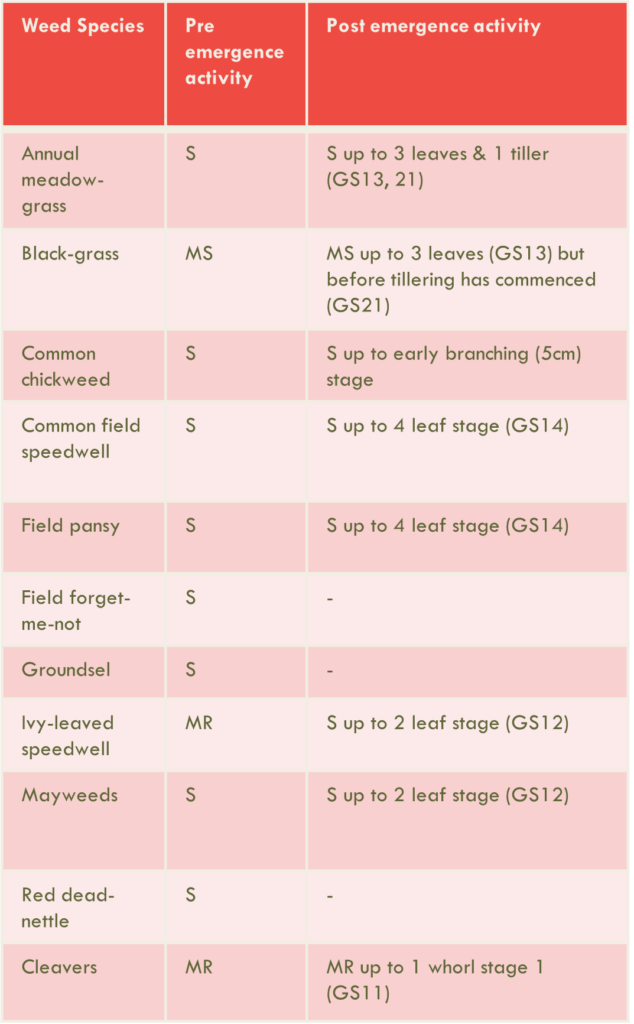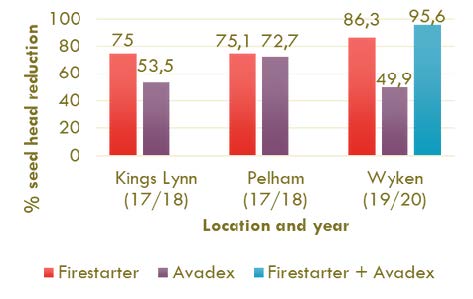Ruth Stanley country manager for Life Scientific for the UK & Ireland talks through her approach to the challenges of black-grass control this autumn.
Black-grass is a weed that inhibits the growth of wheat and is estimated to be responsible for annual losses in the UK alone of up to 800,000t, with associated economic losses of about £400m.
This summer has clearly highlighted the challenges of black-grass control as the weed has raised its ugly head with vengeance and a dark cloud of seed heads is seen above cereal crops across the country. Even farms with previously manageable levels of the weed saw a huge rise in plant numbers which in turn will generate an enormous amount of seed shed, ready to germinate this autumn should conditions allow.
According to AHDB data it only takes 13 black-grass plants/m2 for a 5% yield reduction and with input costs on the rise it’s never been more important to prioritise yield.
Black-grass plants typically have between 2 -20 heads – and with over 500 seeds/head the problem for the following crop multiplies exponentially, so it is essential action is taken at the beginning of the new season to minimise damage.
Early control and stacking actives is key. Choosing quality products which can be used flexibly in the programme could tip the balance of black-grass control back in the growers favour.
Firestarter is a grass and broad-leaved weed herbicide manufactured by Life Scientific containing 400g/l flufenacet and 100g/l diflufenican in line with its reference product Liberator.
Firestarter can be used pre or post-emergence along with a sequence of alternative products containing different modes of action, Avadex or Luximo for example.
Where Firestarter is applied twice in sequence and the total dose is 0.9l/ha, the first application must be made before GS14 of the crop, leaving a minimum interval of 6 weeks between applications.
-ends-
302 words
Contacts
Siafu PR, Niamh Tye, Tel: 07704631836, Email: niamh@siafu.biz
Life Scientific, Ruth Stanley, Mobile: 07857 483193, Email: ruth.stanley@lifescientific.com
Who is Life Scientific?
- Life Scientific was established by Nicola Mitchell in 1995, and is headquartered at Belfield Office Park, adjacent to its original home on the UCD campus. The company, which has well established links with UCD and with Enterprise Ireland over many years, currently employs 80 people (including more than 30 scientists) and has an annual turnover of €60 million.
- Initially they were a product registration company providing contract services for multi-national and generic companies to gain new or support existing registrations.
- The company has a very strong scientific base and developed a particularly strong position in doing five batch analysis. They had a very good reputation in this area and even MNCs companies would get LS to undertake this work for them. A five batch analysis is required for any new active ingredient source/ supplier and all impurities have to be identified, described by some as ‘looking for a needle in a haystack’.
- In 2020 CEO Nicola Mitchell won the highly prestigious and acclaimed Irish 2020 EY Entrepreneur of the Year Award.
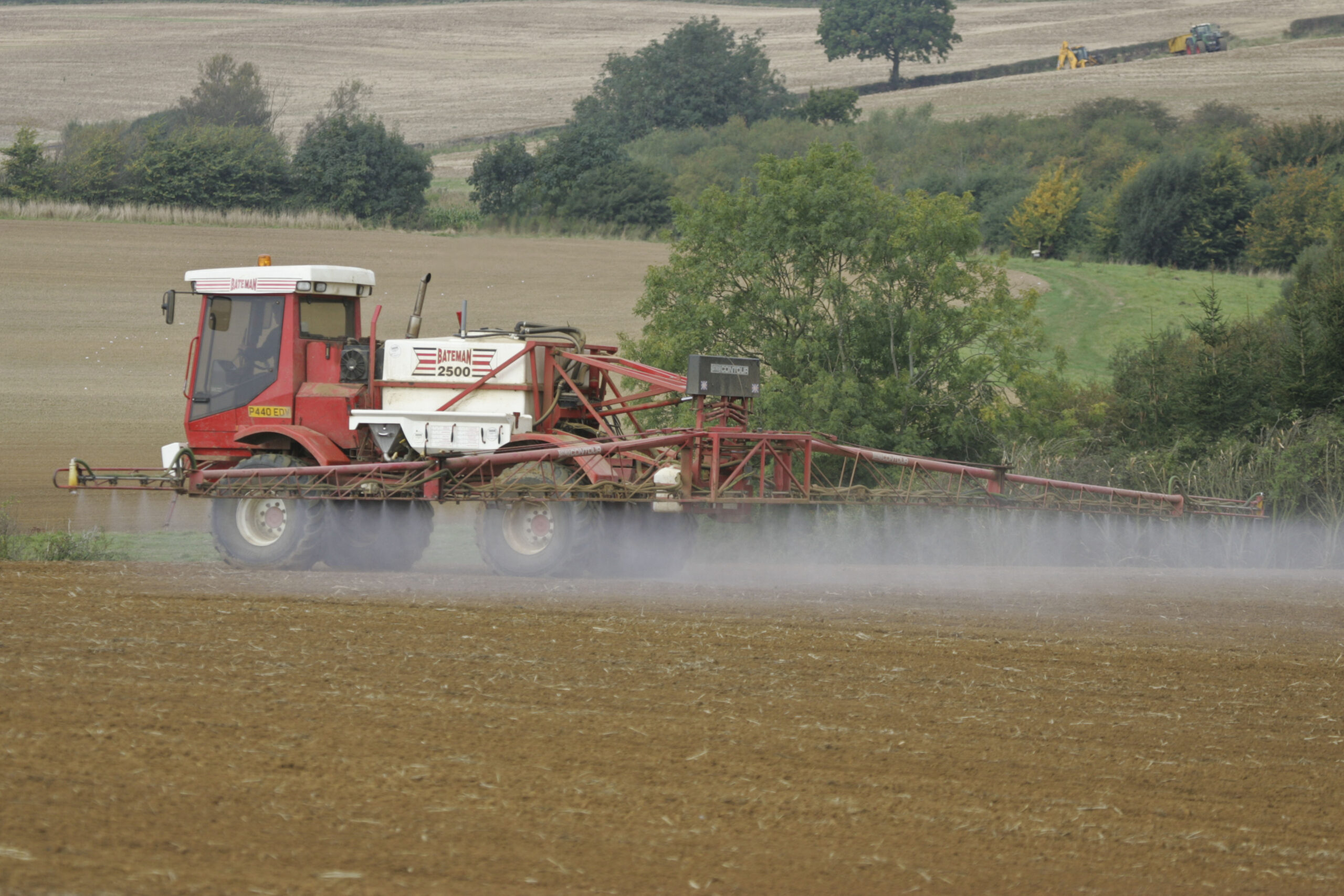


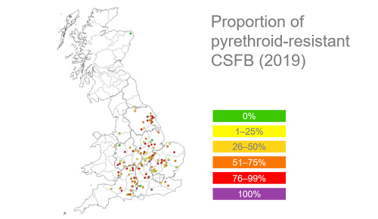
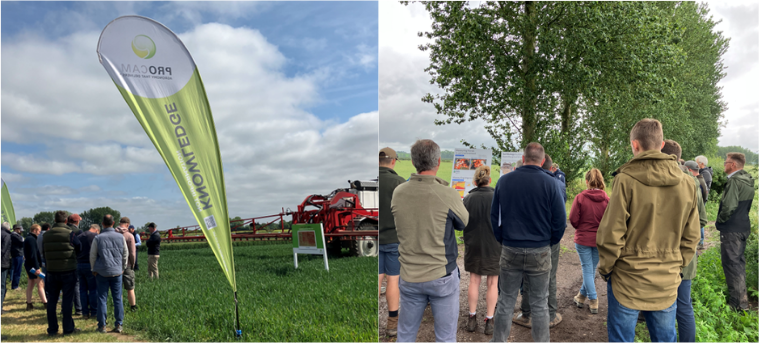

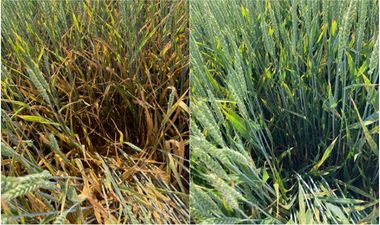
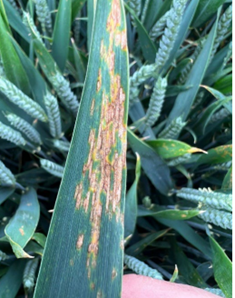
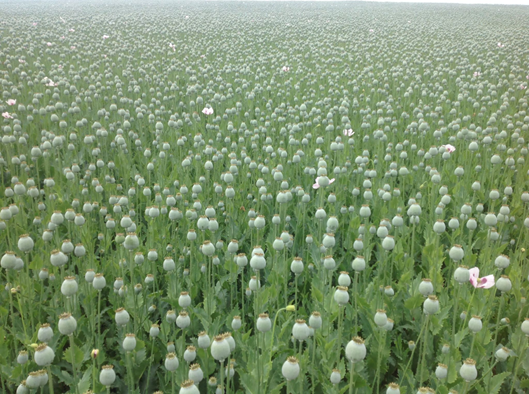











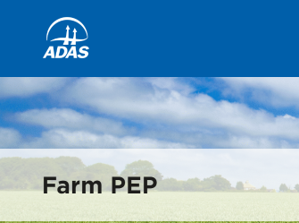

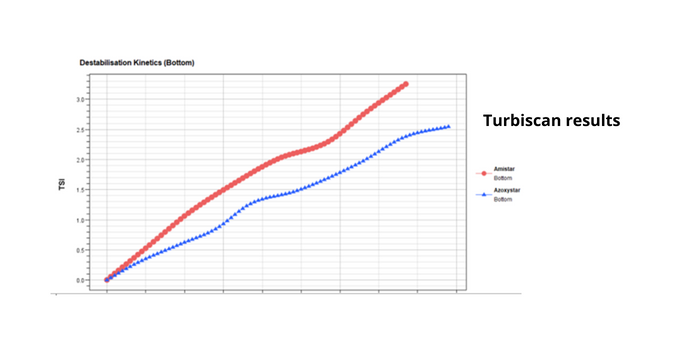
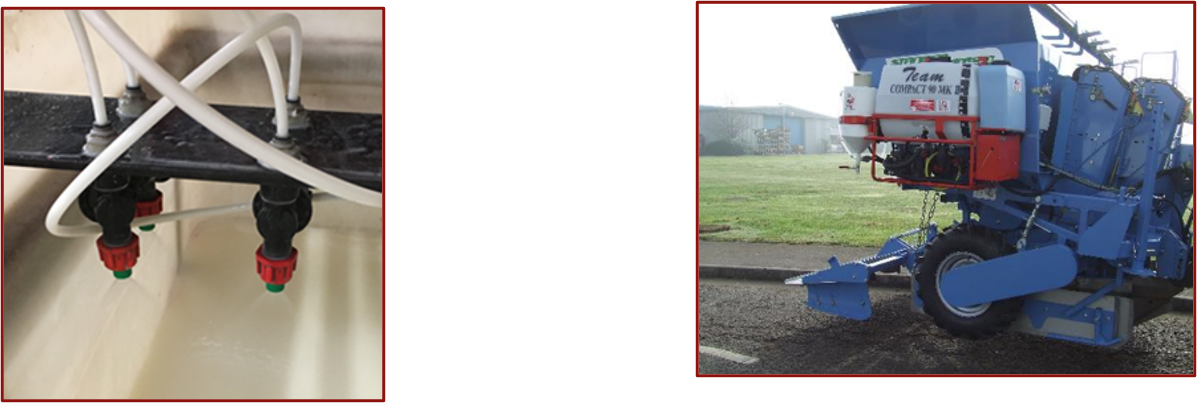
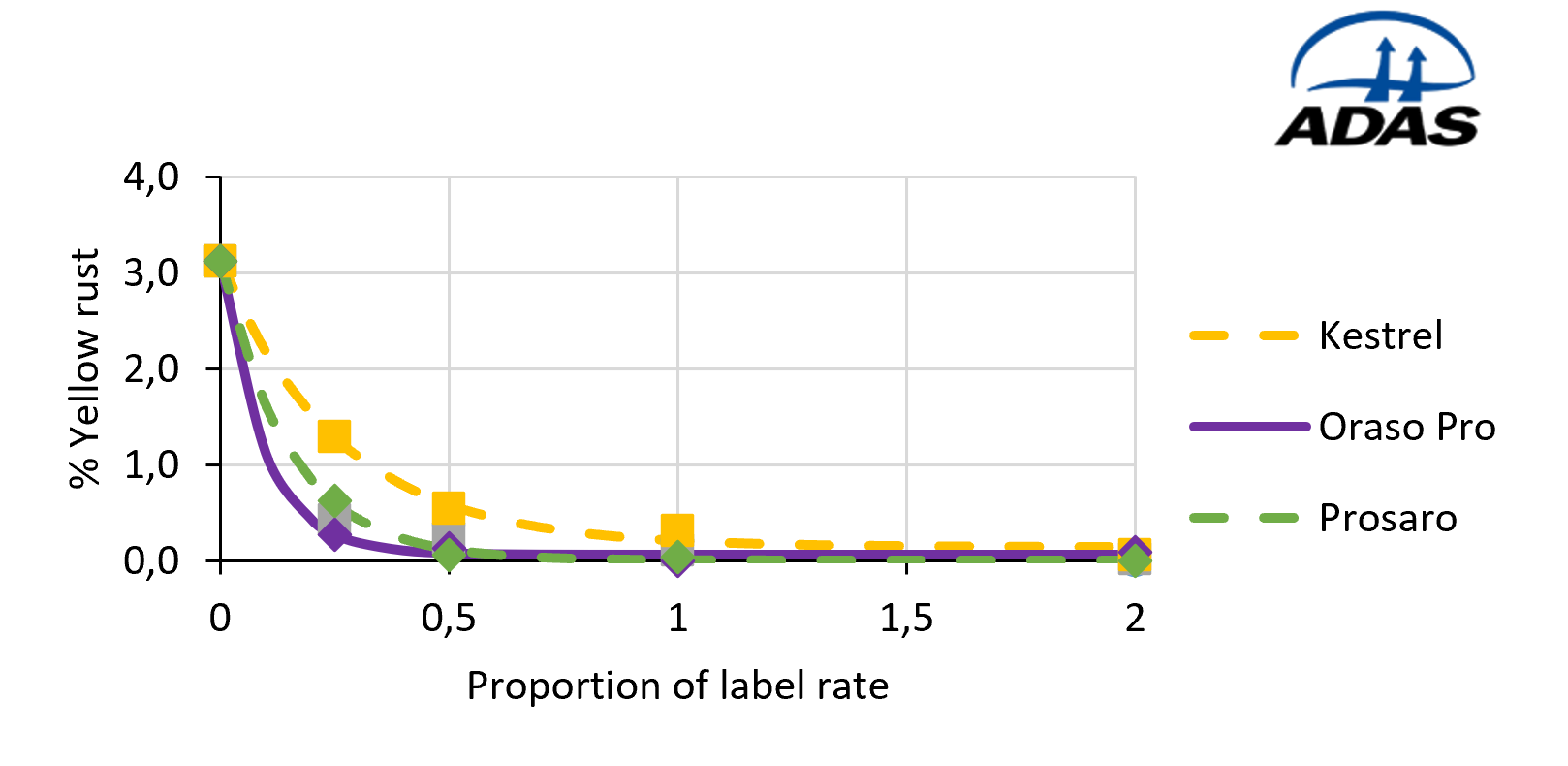



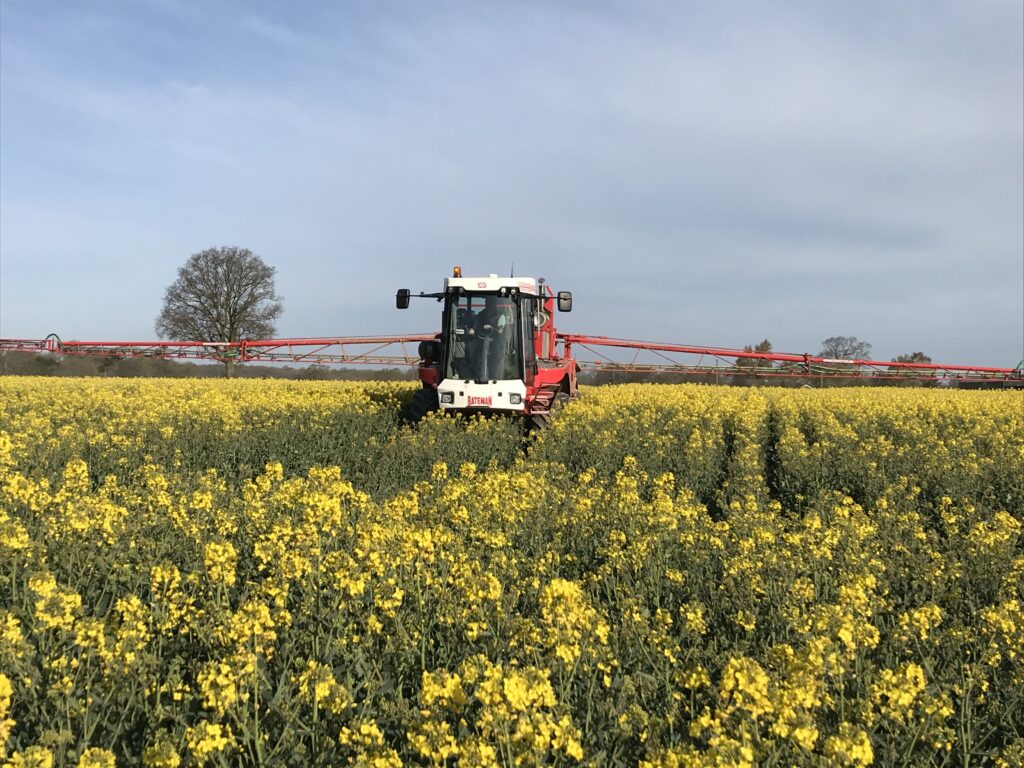
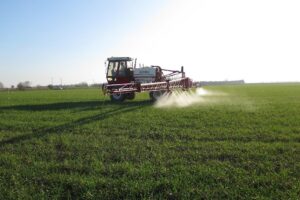
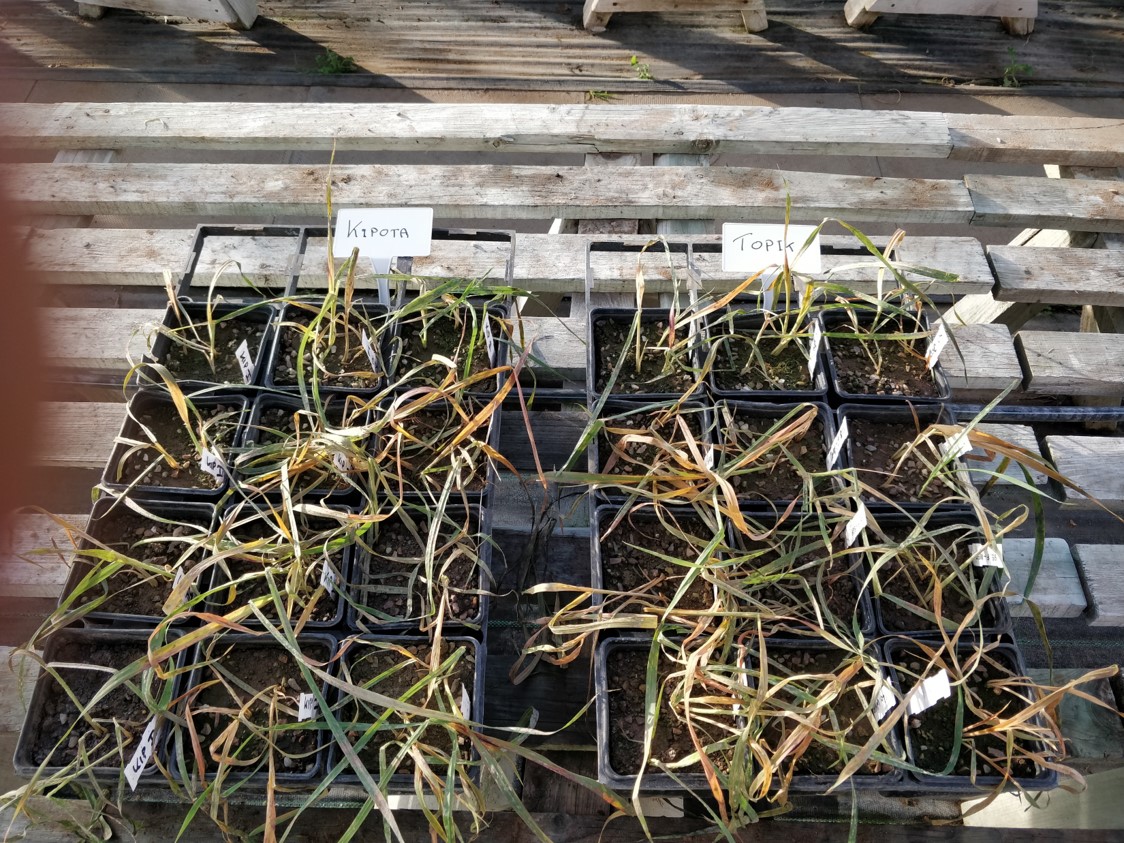

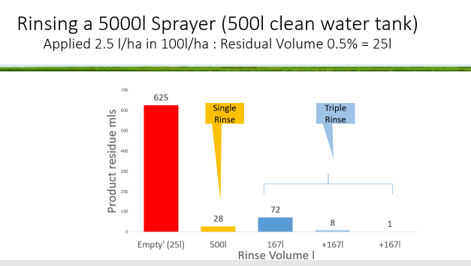


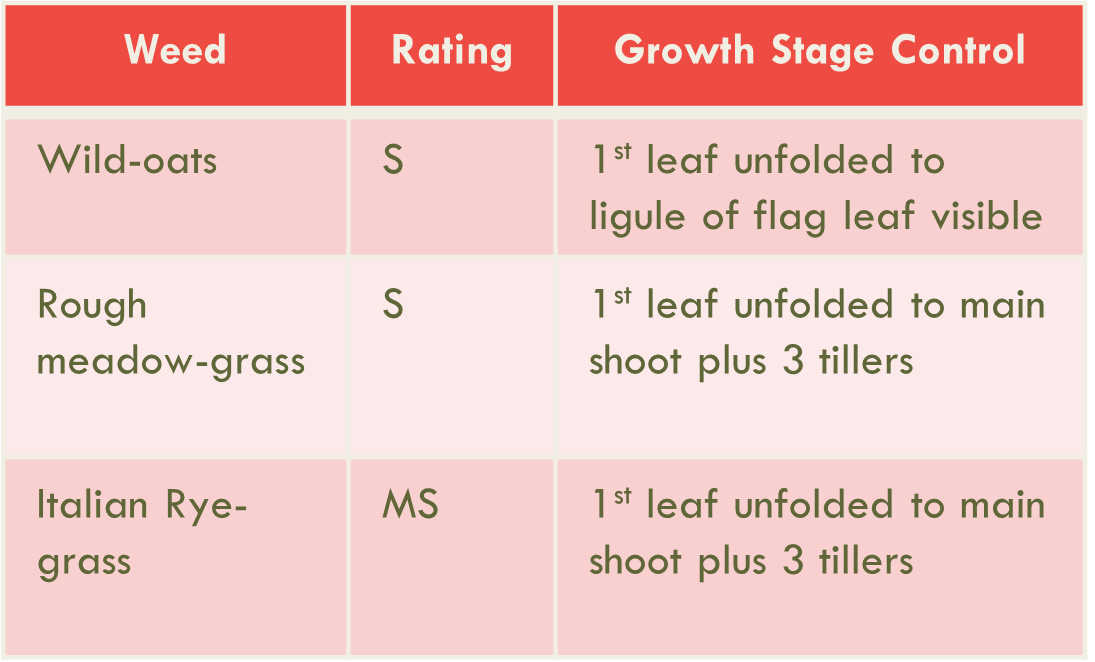 Wild-oats and Italian Rye-grass are two of the most competitive weeds in cereals, with Wild-oats being more than twice as competitive as Black-grass. Just 5 plants per square metre can reduce yield by 5%, and this can be much worse in high populations. It is therefore important to control Wild-oats early, with smaller actively-growing plants being better controlled by KIPOTA. The product has good activity against both susceptible Italian Rye-grass and Wild-oats.
Wild-oats and Italian Rye-grass are two of the most competitive weeds in cereals, with Wild-oats being more than twice as competitive as Black-grass. Just 5 plants per square metre can reduce yield by 5%, and this can be much worse in high populations. It is therefore important to control Wild-oats early, with smaller actively-growing plants being better controlled by KIPOTA. The product has good activity against both susceptible Italian Rye-grass and Wild-oats. 
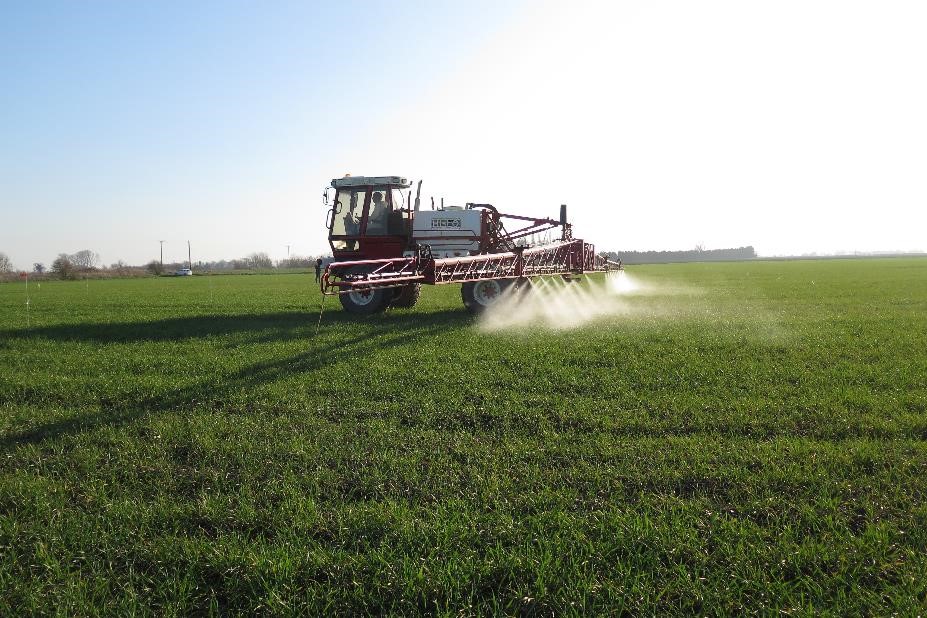
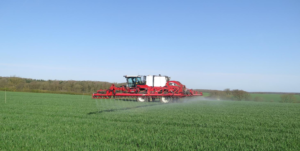
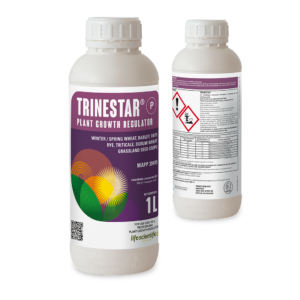
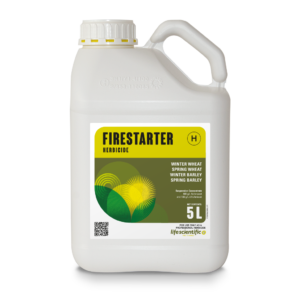

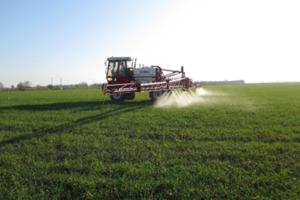
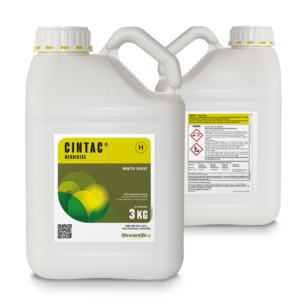
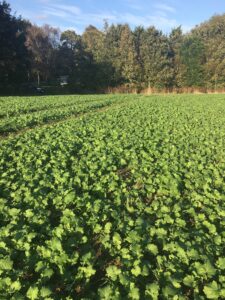


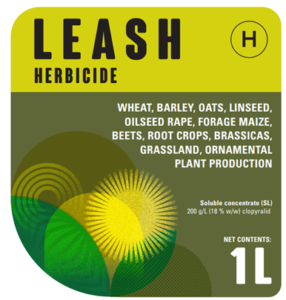
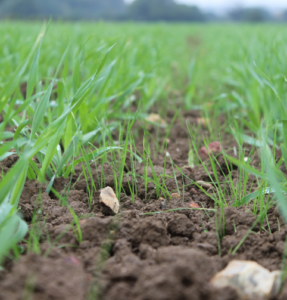
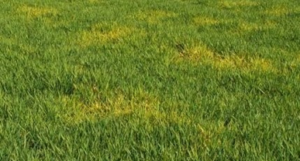

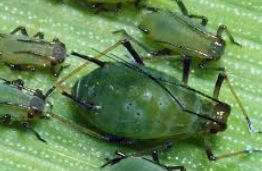
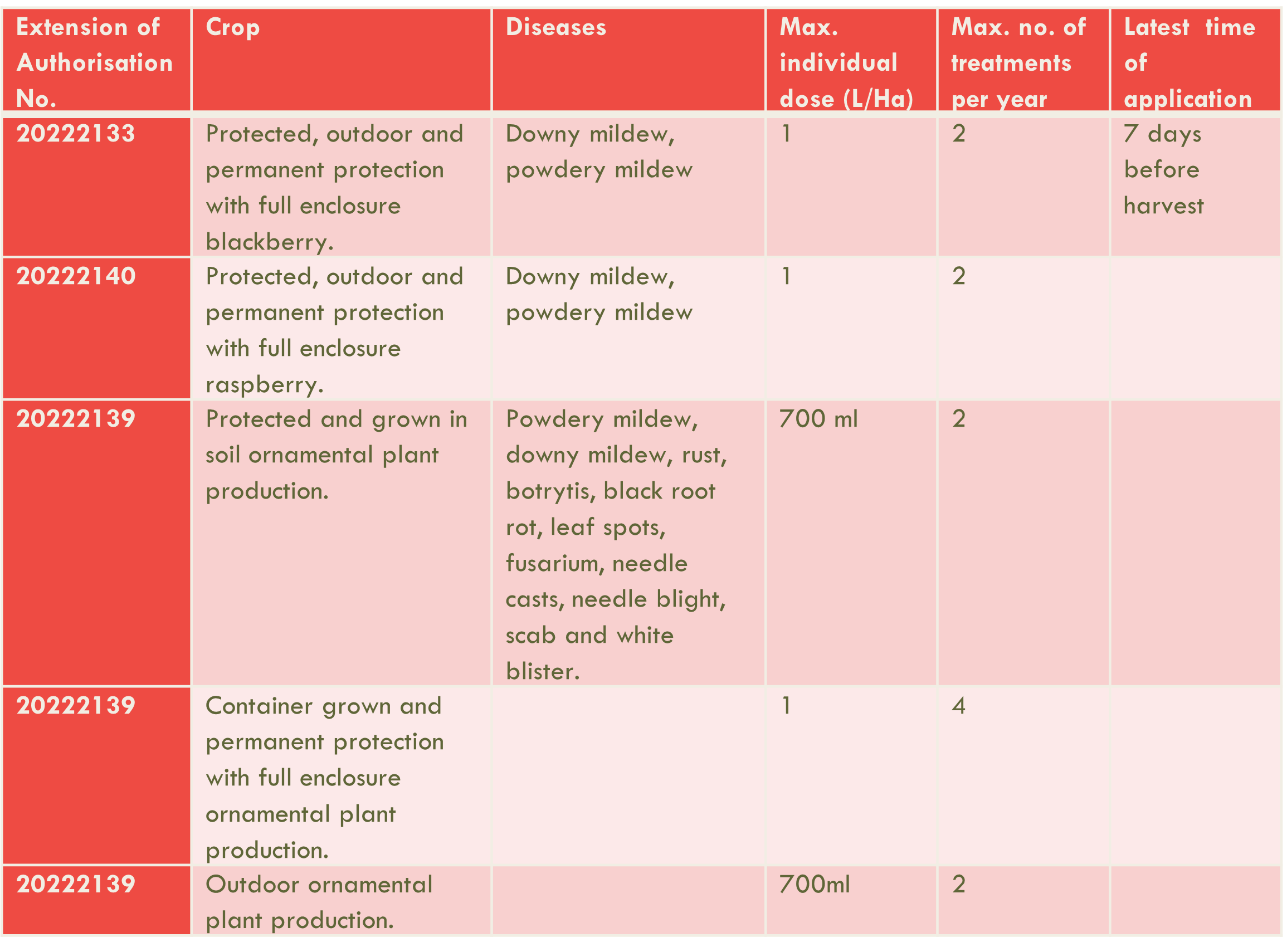
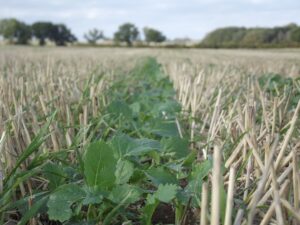
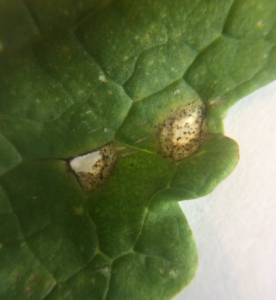
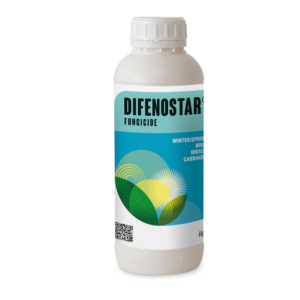
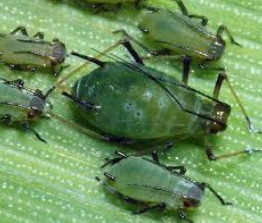
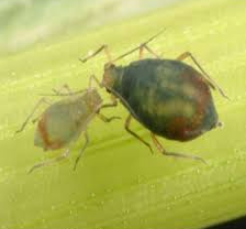
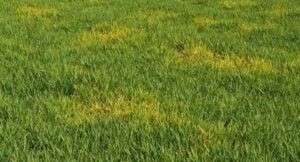

 After 18 months I moved into the regulatory side of the business and at the same time dabbled with quality part-time, but once I got a feel for regulatory, I knew that was where I wanted to be. From a regulatory perspective, I suppose one of the biggest changes that I have seen over the years is that although information is now at our fingertips via the internet, no more searching through publications for details of product authorisations, and thankfully we are now in a paper-free space, it is becoming increasingly difficult to have direct contact with regulatory authorities, albeit over phone or in person. COVID has also massively impacted this. The days of jumping on a plane to e.g. CRD are unfortunately becoming a thing of the past. There have been many highlights through the decades but definitely one that springs to mind is the move from a CRO to developing our products; there is no greater satisfaction than obtaining a product authorisation for Life Scientific.”
After 18 months I moved into the regulatory side of the business and at the same time dabbled with quality part-time, but once I got a feel for regulatory, I knew that was where I wanted to be. From a regulatory perspective, I suppose one of the biggest changes that I have seen over the years is that although information is now at our fingertips via the internet, no more searching through publications for details of product authorisations, and thankfully we are now in a paper-free space, it is becoming increasingly difficult to have direct contact with regulatory authorities, albeit over phone or in person. COVID has also massively impacted this. The days of jumping on a plane to e.g. CRD are unfortunately becoming a thing of the past. There have been many highlights through the decades but definitely one that springs to mind is the move from a CRO to developing our products; there is no greater satisfaction than obtaining a product authorisation for Life Scientific.”